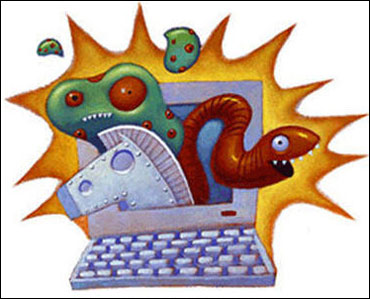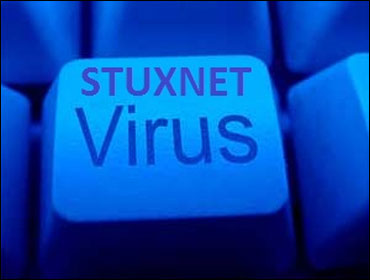Vicky Nanjappa in Bengaluru
Imagine your virus scanner scanning for 10 million viruses every time you open, close or even go near a computer file.
By the end of next year we will have 10-15 million viruses and this phenomenon has been termed as a "quiet little security catastrophe".
Symantec's latest Internet Security Threat Report XVI reveals that a majority of malware samples observed in India spread through removable drives.
Beware! 15 million viruses will be on prowl by 2012
Even Stuxnet, the first computer worm to affect real-world infrastructure, for which India was the third-most infected country, initially entered the network of critical infrastructure providers through removable drives.
Unfortunately, while thumb drives are easy to plug out, malware is not.
Beware! 15 million viruses will be on prowl by 2012
Today's sophisticated attacks are those that stay in hiding within a network, until instructed by the malware authors to steal information or perform other malicious activities.
Very often, the victim network is not even aware that it has been infected!
In this case too, prevention is better than cure, and stopping an infection at the earliest is better than attempting the lengthy and complex remediation process.
Beware! 15 million viruses will be on prowl by 2012
One example is the use of social networks to gather information about users and trick them into clicking on malware infected attachments or websites.
They are getting more sophisticated with how they send out spam so that you are lot less likely to detect that it is malicious.
Another threat vector is through infecting search results.
Hackers and criminals have become savvy enough to use the top search terms at any time and infect those search results with malware infected web pages.
Beware! 15 million viruses will be on prowl by 2012
Often someone just clicking on a search result will be redirected to a rogue site and get infected with malware or viruses.
End point security is the equivalent of airport health checks in the digital world.
It prevents malicious attacks at the gate - or the endpoint (which could be a PC, smartphone, laptop or even tablet) -and protects against these threats from infecting the entire network.






article